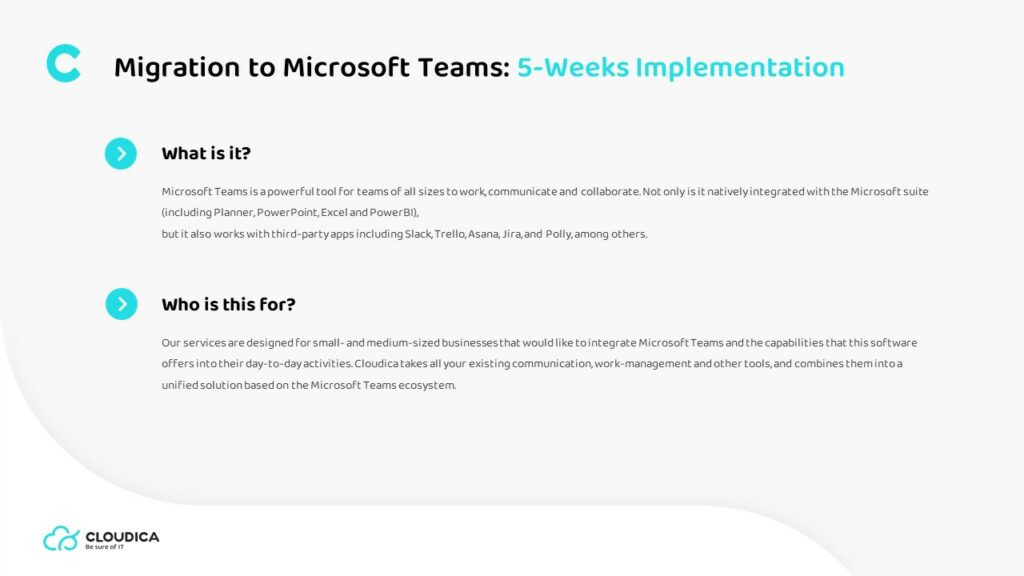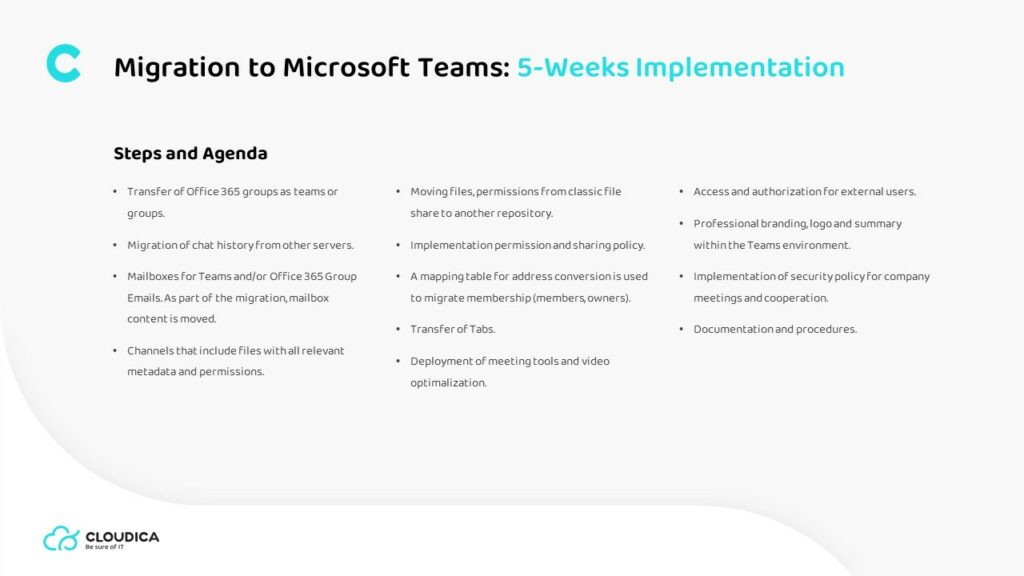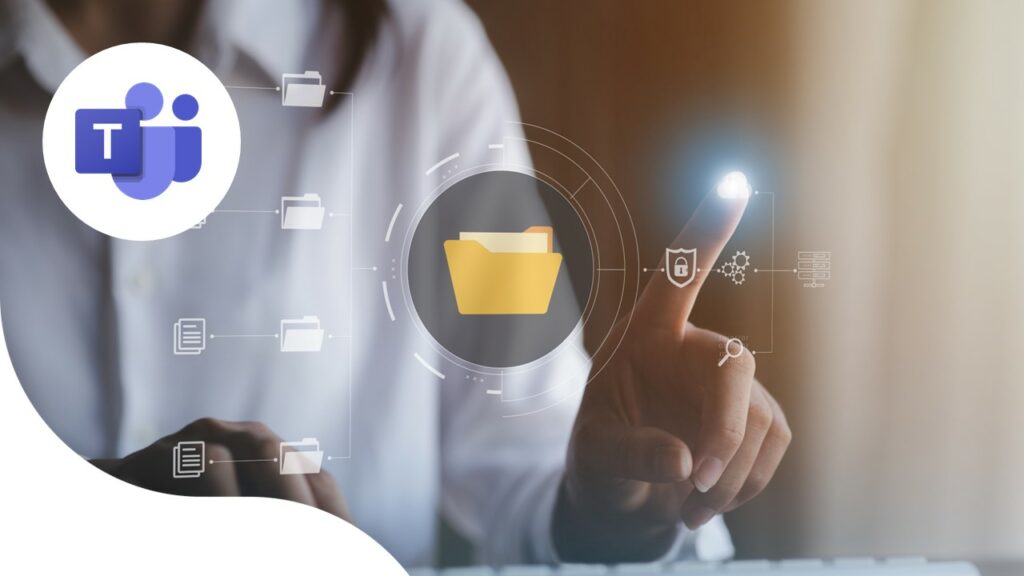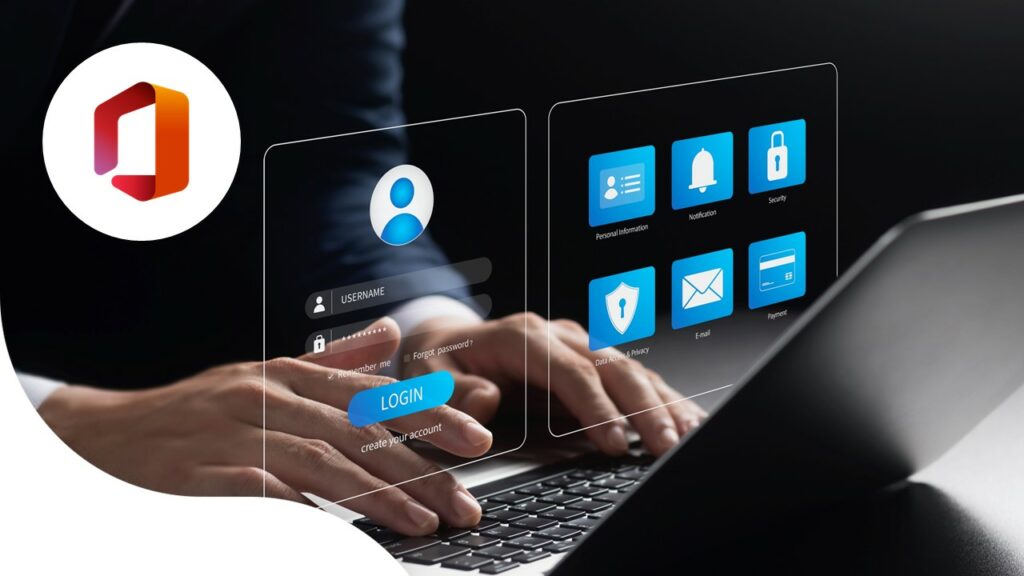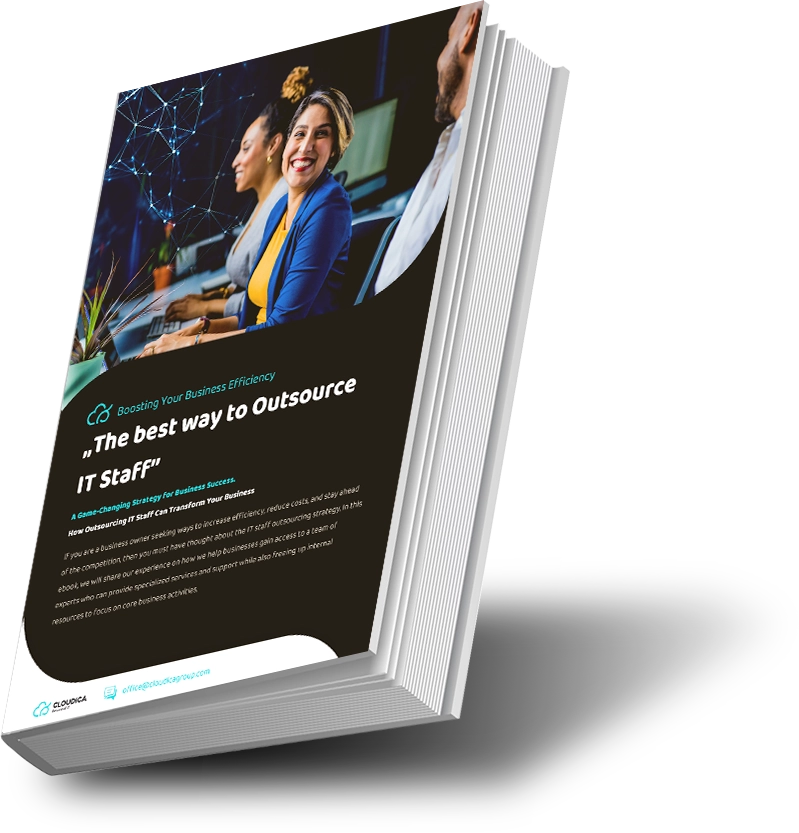5-Weeks Implementation
Migration to Microsoft Teams
What is it?
Microsoft Teams is a powerful tool for teams of all sizes to work, communicate and collaborate. Not only is it natively integrated with the Microsoft suite (including Planner, PowerPoint, Excel and PowerBI), but it also works with third-party apps including Slack, Trello, Asana, Jira, and Polly, among others.
What is for?
Our services are designed for small- and medium-sized businesses that would like to integrate Microsoft Teams and the capabilities that this software offers into their day-to-day activities. Cloudica takes all your existing communication, work-management and other tools, and combines them into a unified solution based on the Microsoft Teams ecosystem.
What are the benefits?
• Fewer emails.
• The ability to design, plan, and execute unique procedures and workflows.
• The capability to integrate with other Microsoft services and products.
• Simple access to cloud-based files and documents.
• Use of automated techniques to increase productivity.
• Better teamwork and communication amongst team members.
Outcomes of this
• Divide and combine your crew (one-to-one, one-to-many, or many-to-one channel).
• Work from wherever (OneDrive files accessible 24/7, and integrated with solid Microsoft applications).
• Migrate, audit and identify your channels and teams.
• Transfer your Slack teams to Microsoft Teams, choosing the appropriate channels (public or private).
Steps and agenda
• Transfer of Office 365 groups as teams or groups.
• Migration of chat history from other servers.
• Mailboxes for Teams and/or Office 365 Group Emails. As part of the migration, mailbox content is moved.
• Channels that include files with all relevant metadata and permissions.
• Moving files, permissions from classic file share to another repository.
• Implementation permission and sharing policy.
• A mapping table for address conversion is used to migrate membership (members, owners).
• Transfer of Tabs.
• Deployment of meeting tools and video optimalization.
• Access and authorization for external users.
• Professional branding, logo and summary within the Teams environment.
• Implementation of security policy for company meetings and cooperation.
• Documentation and procedures.
Most popular offerings
Contact
Ready to meet the only technology partner you'll ever need?

